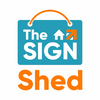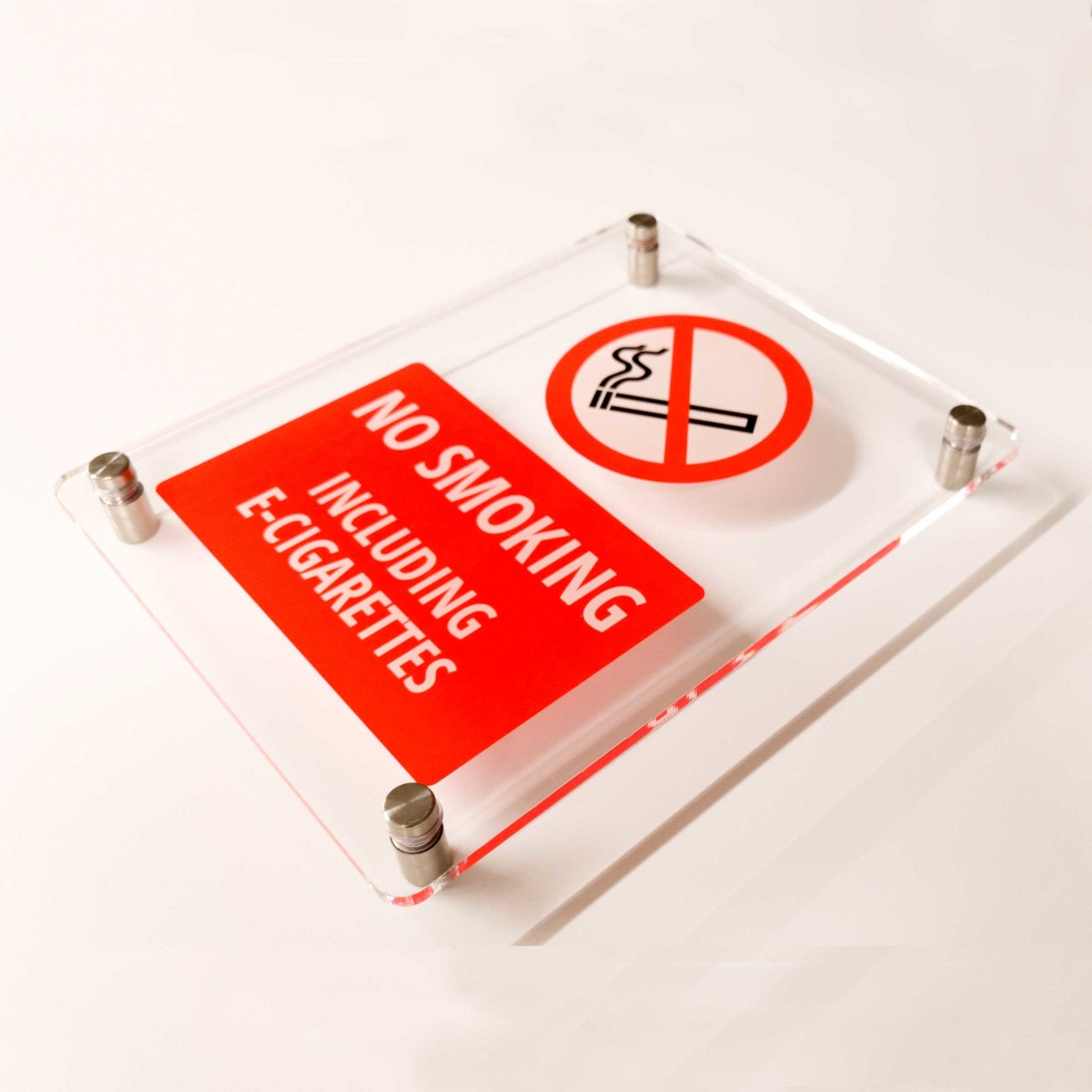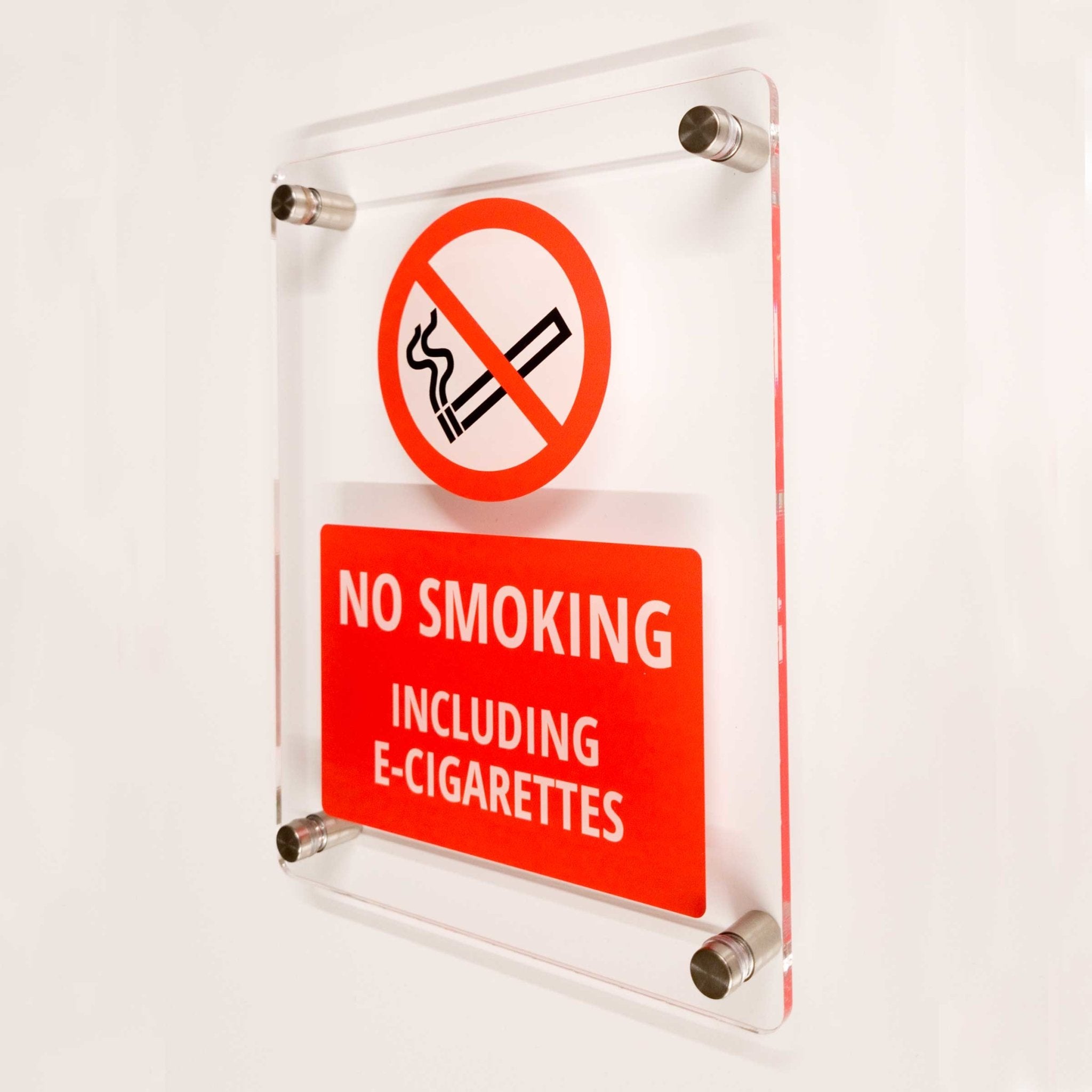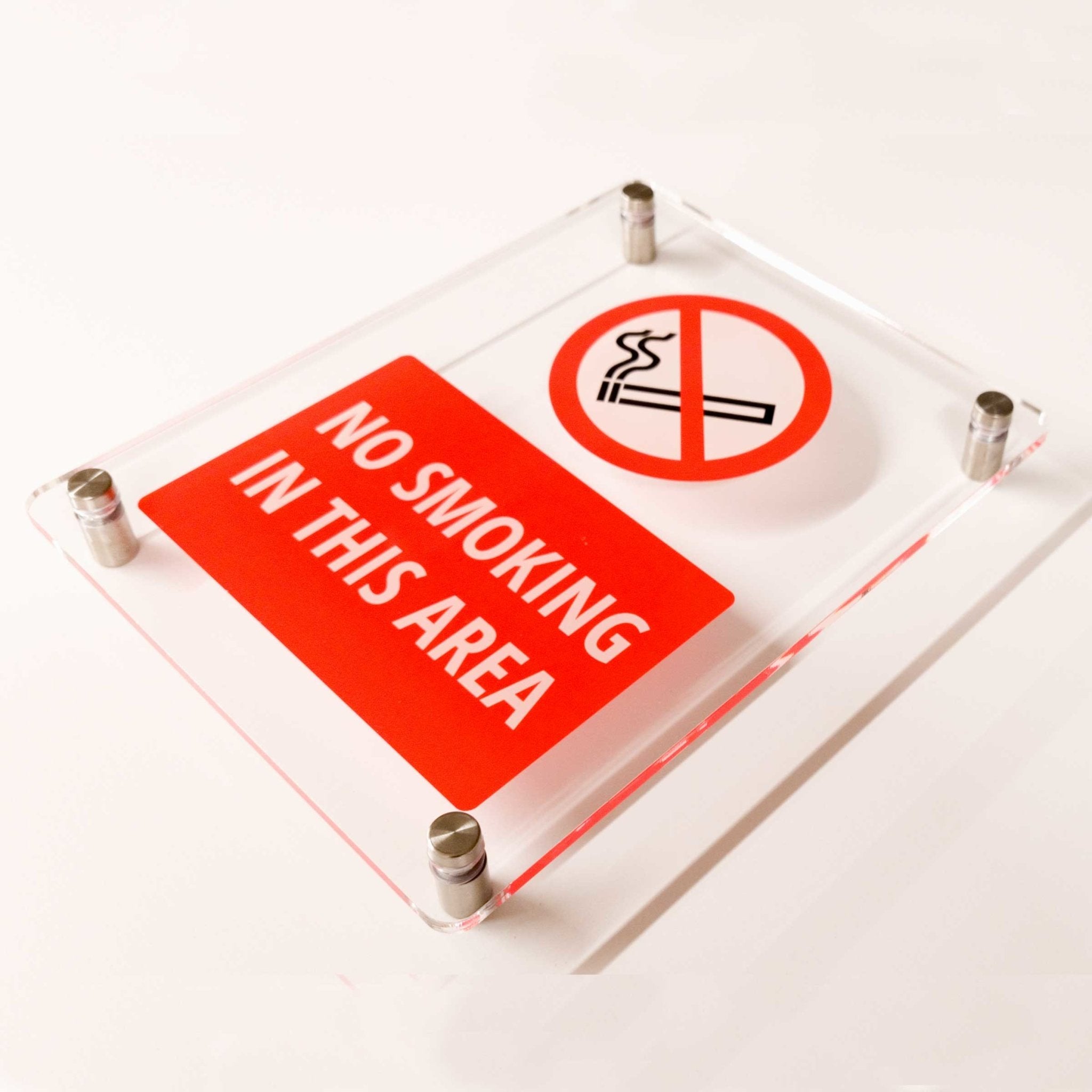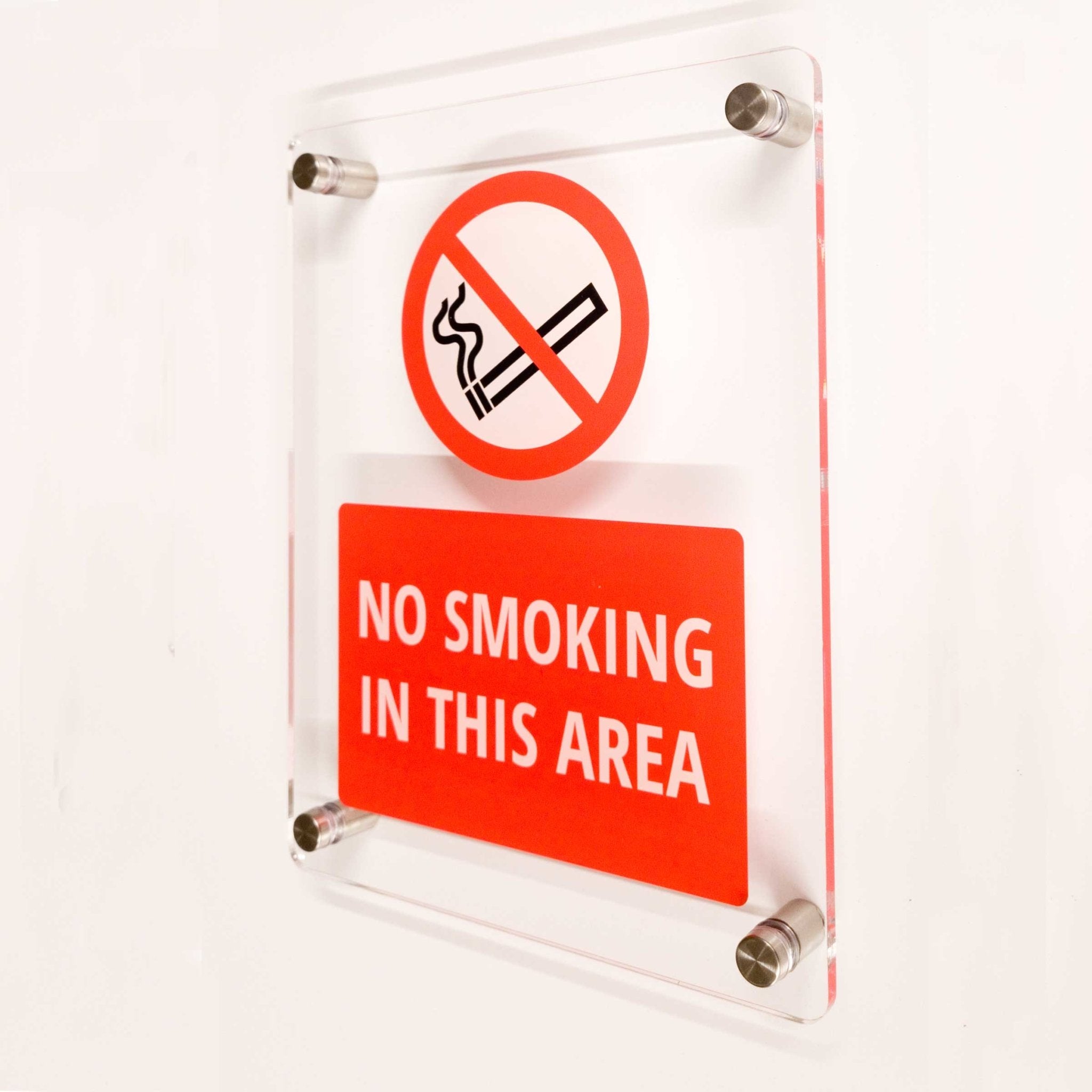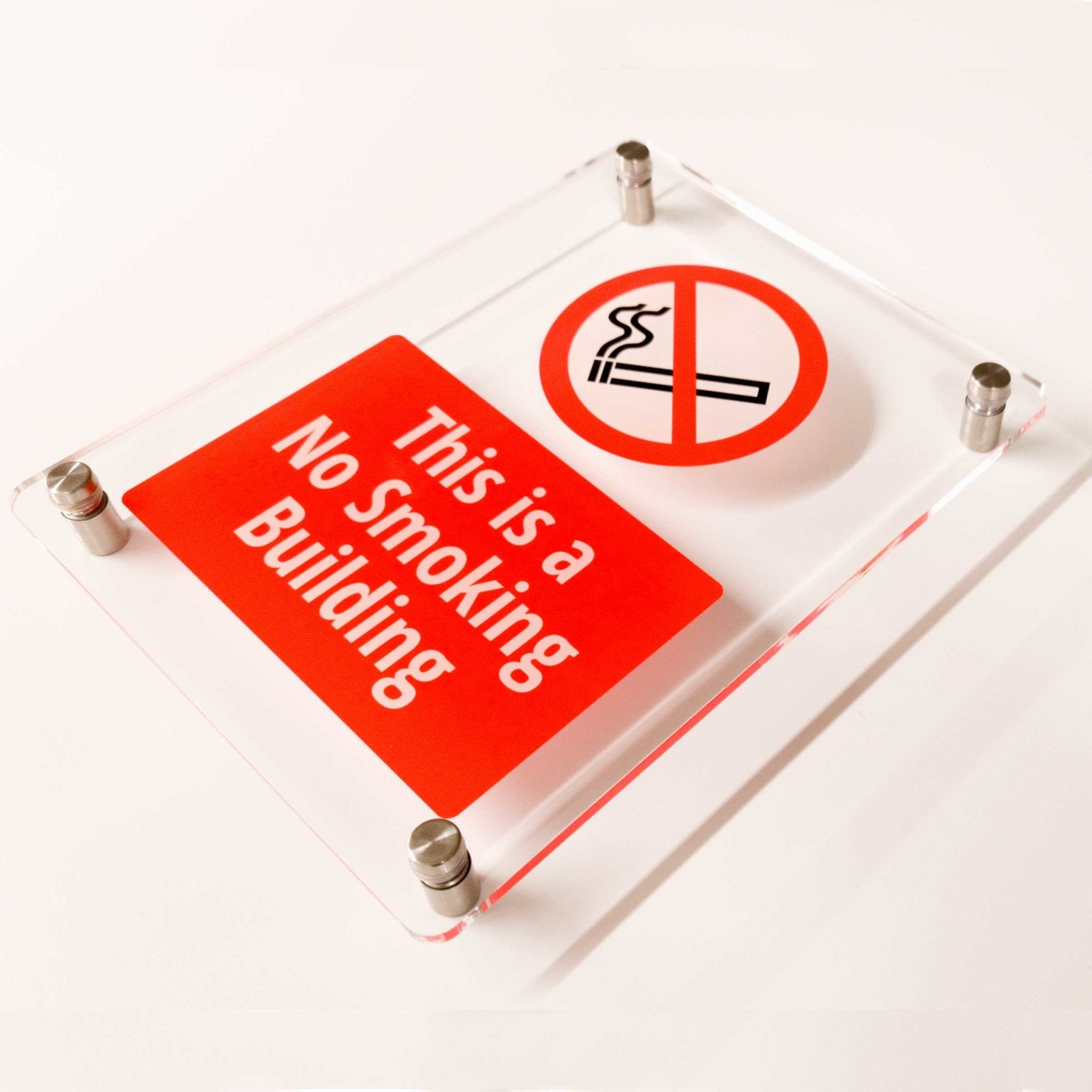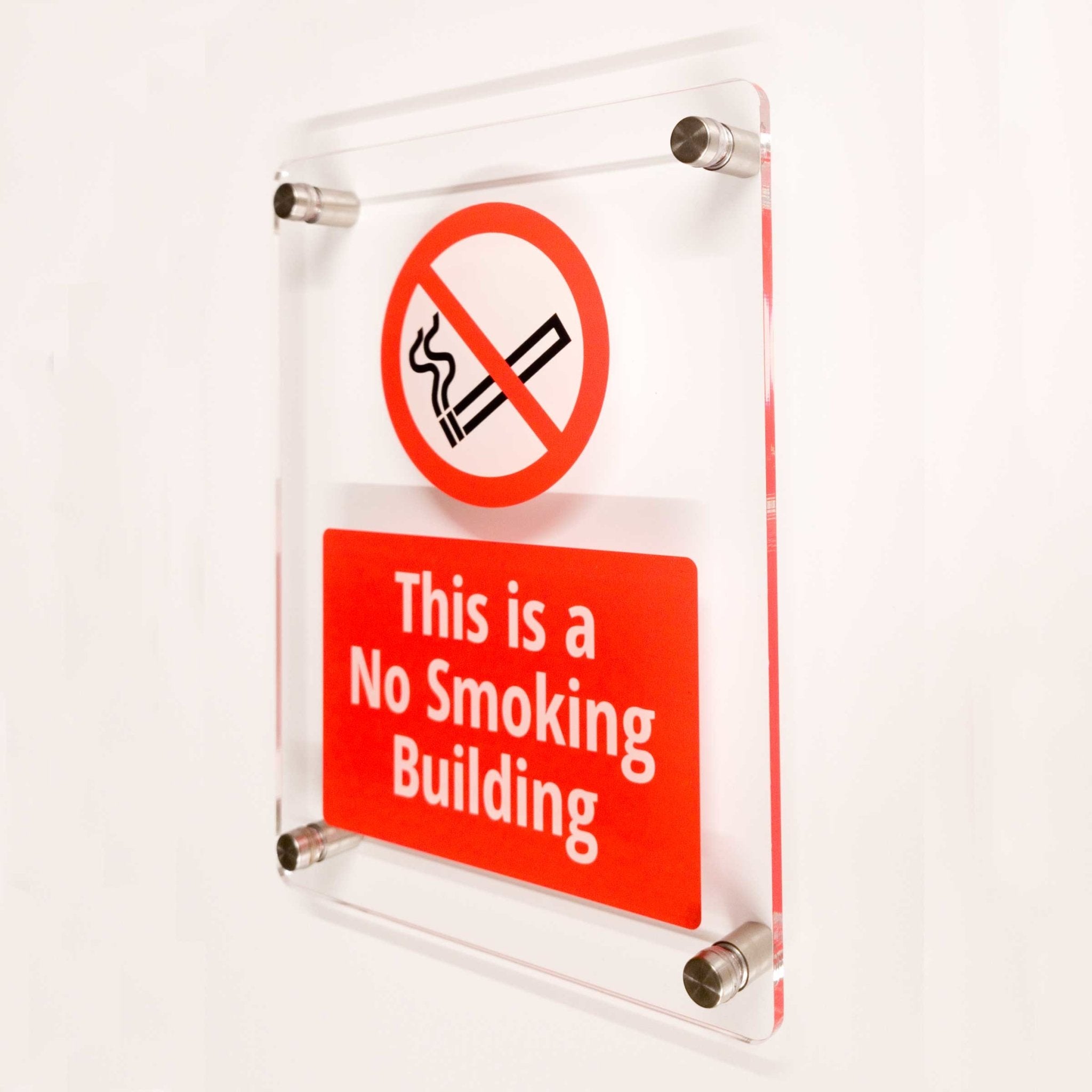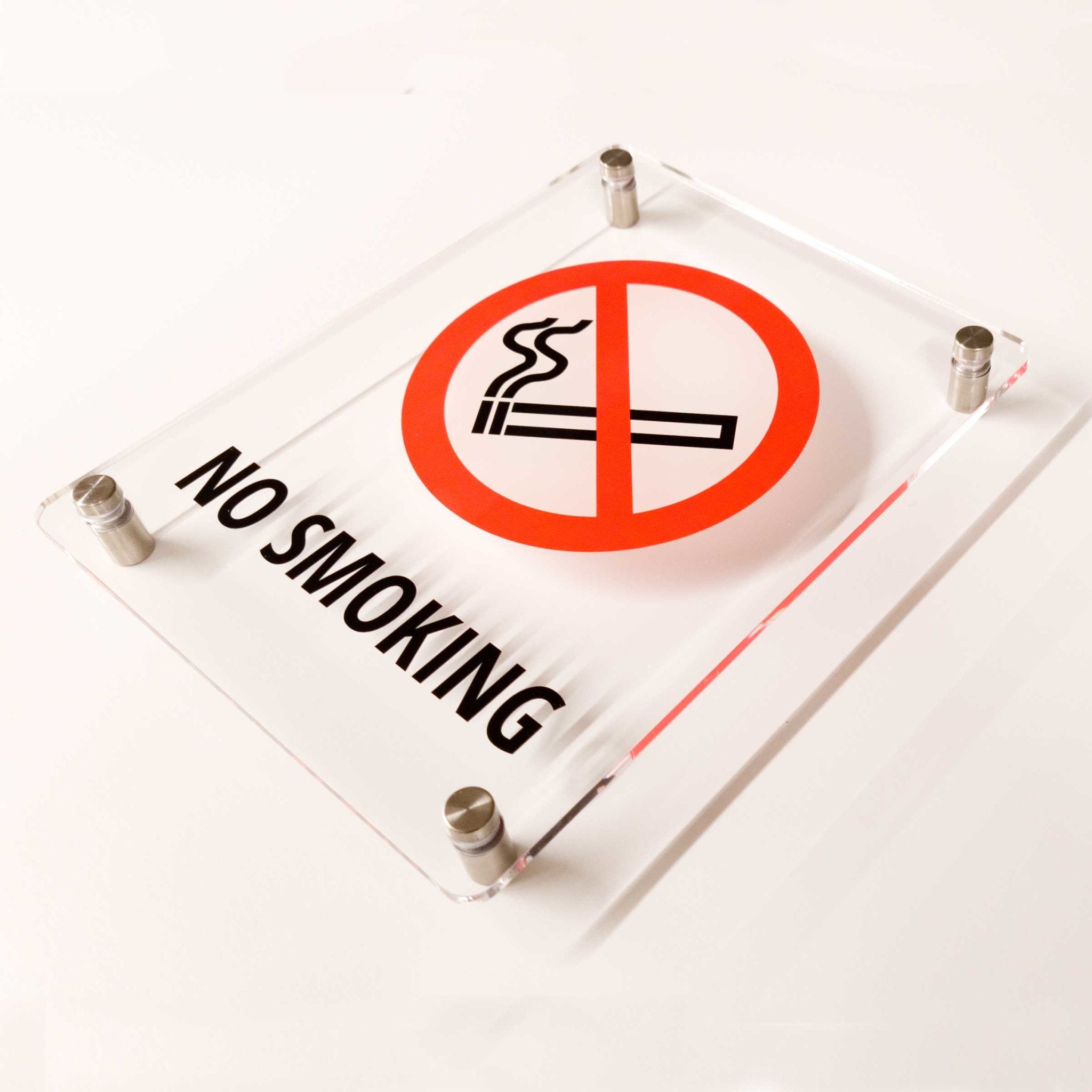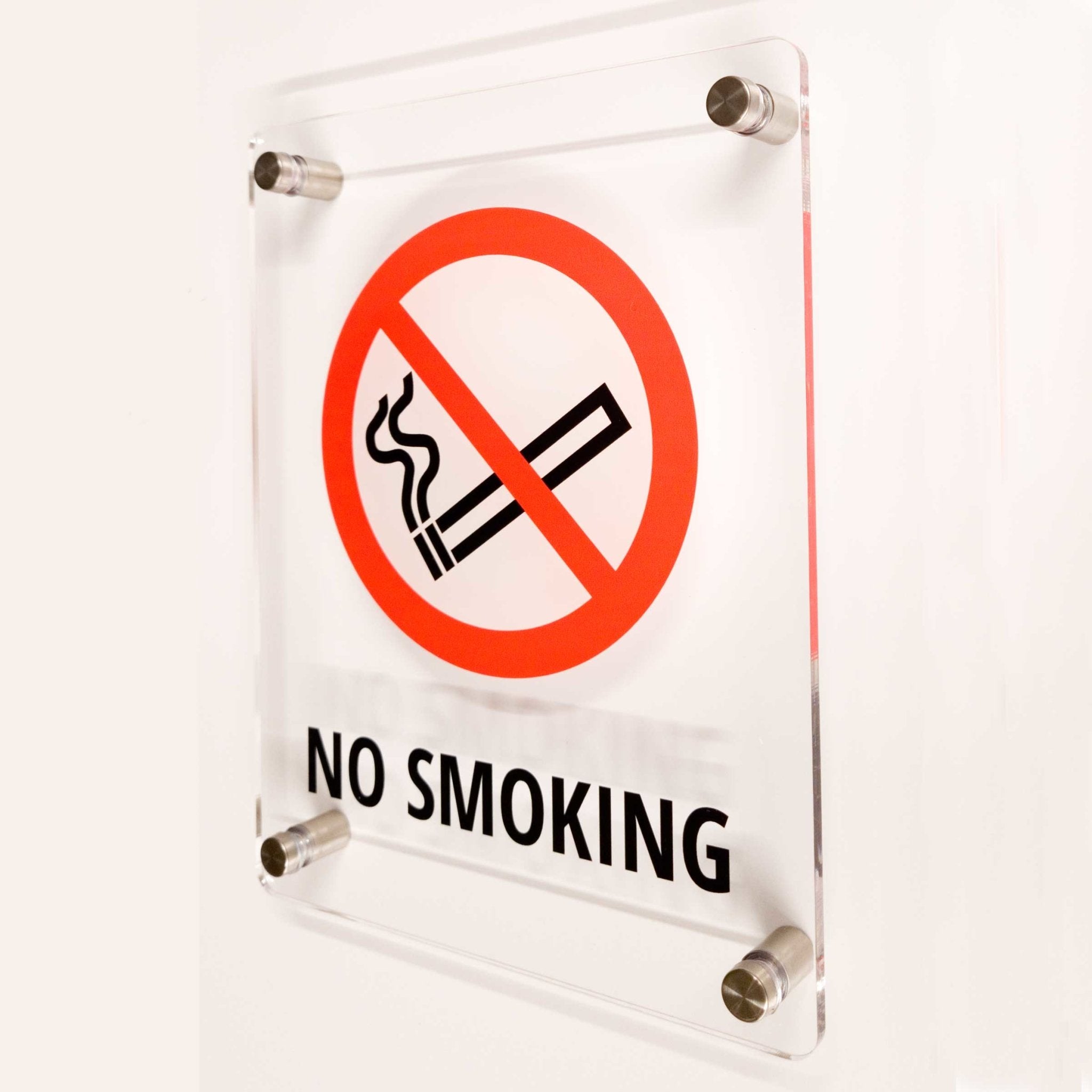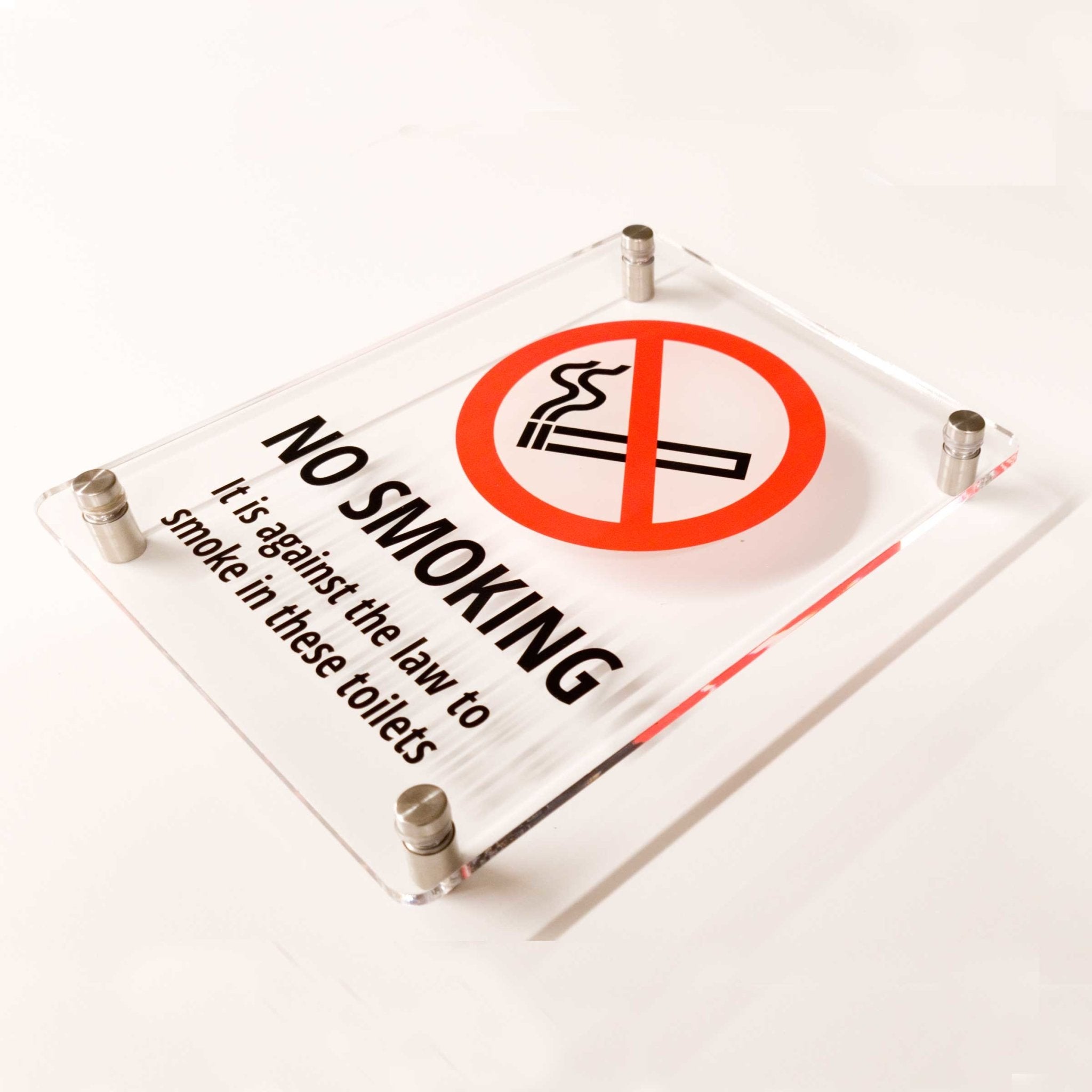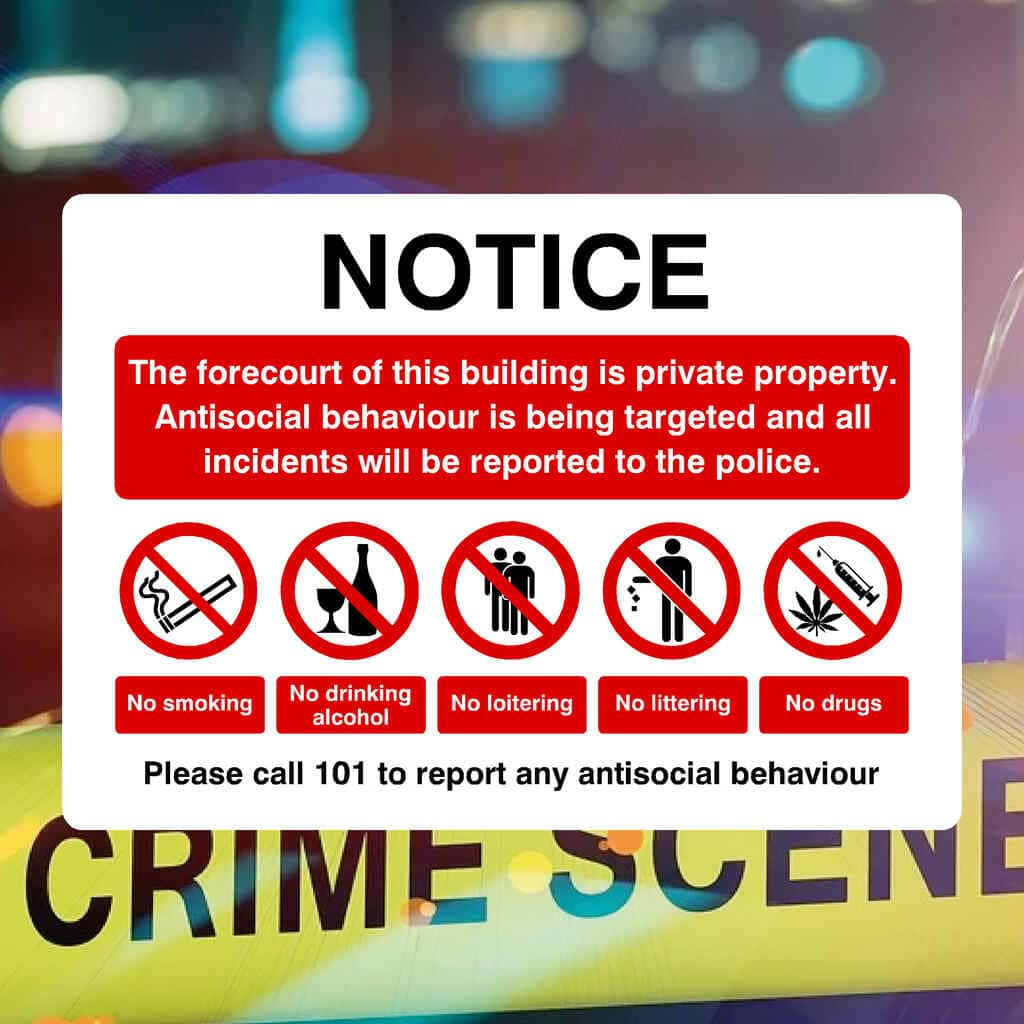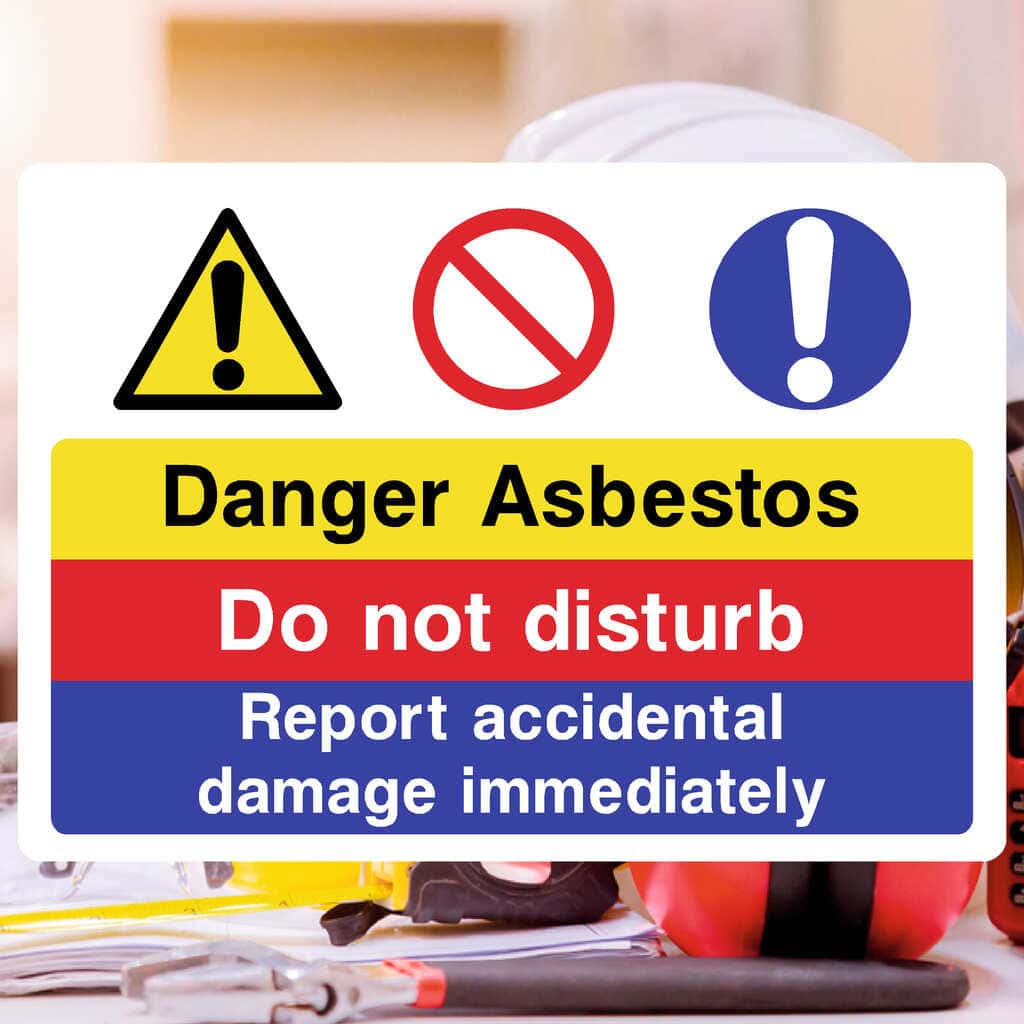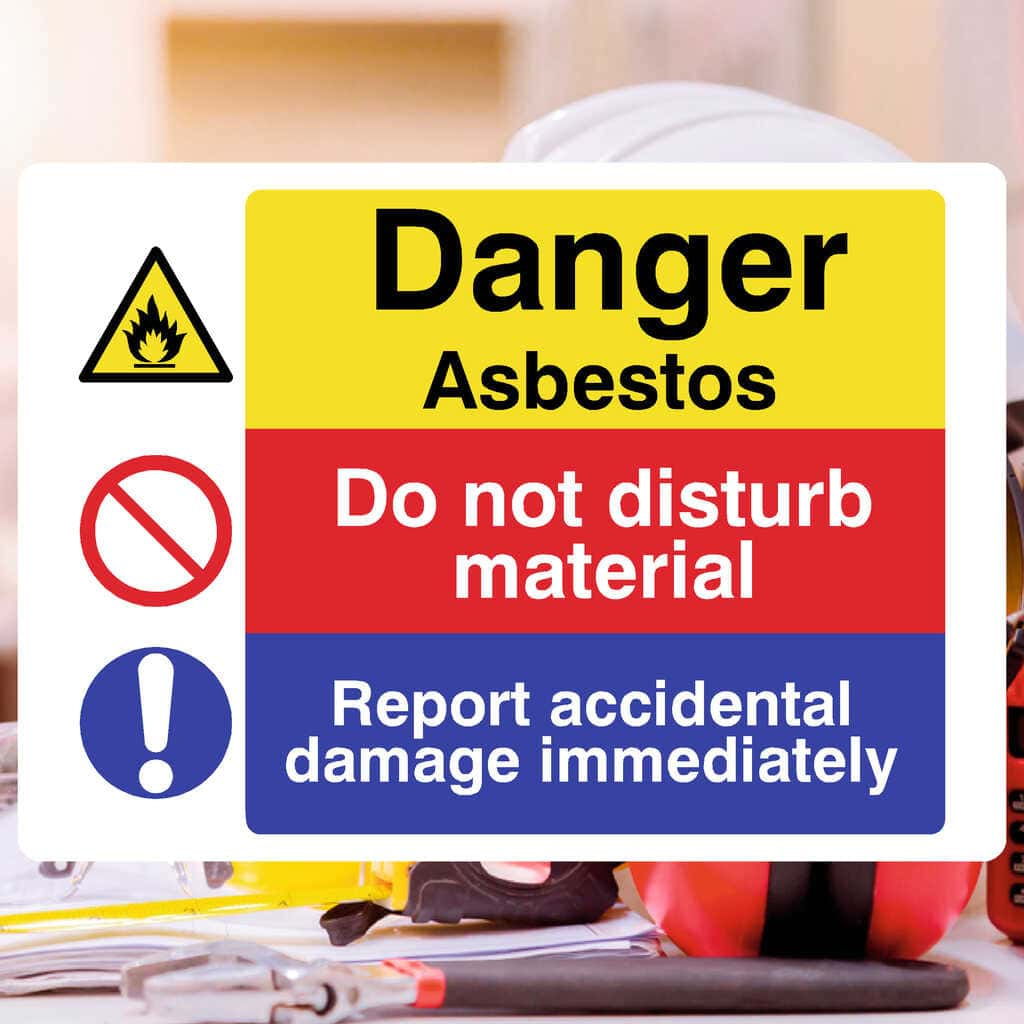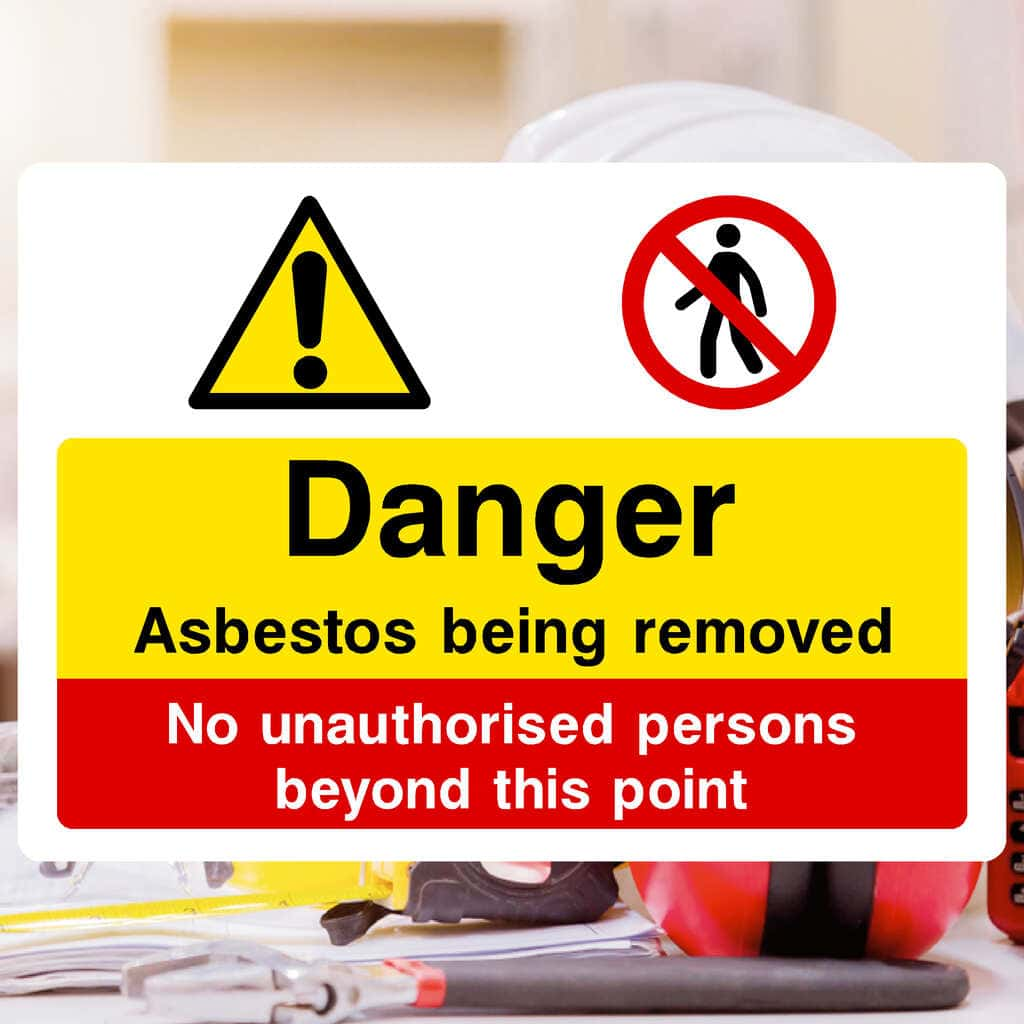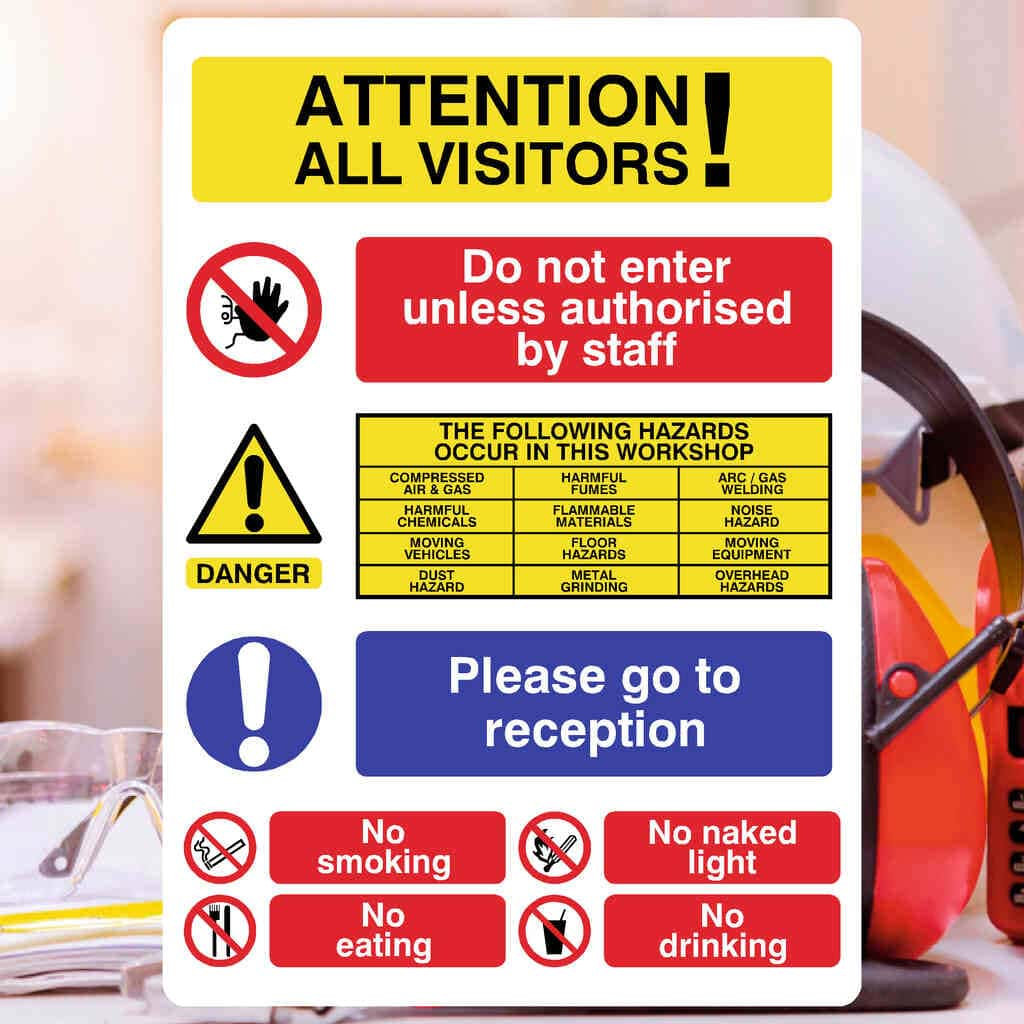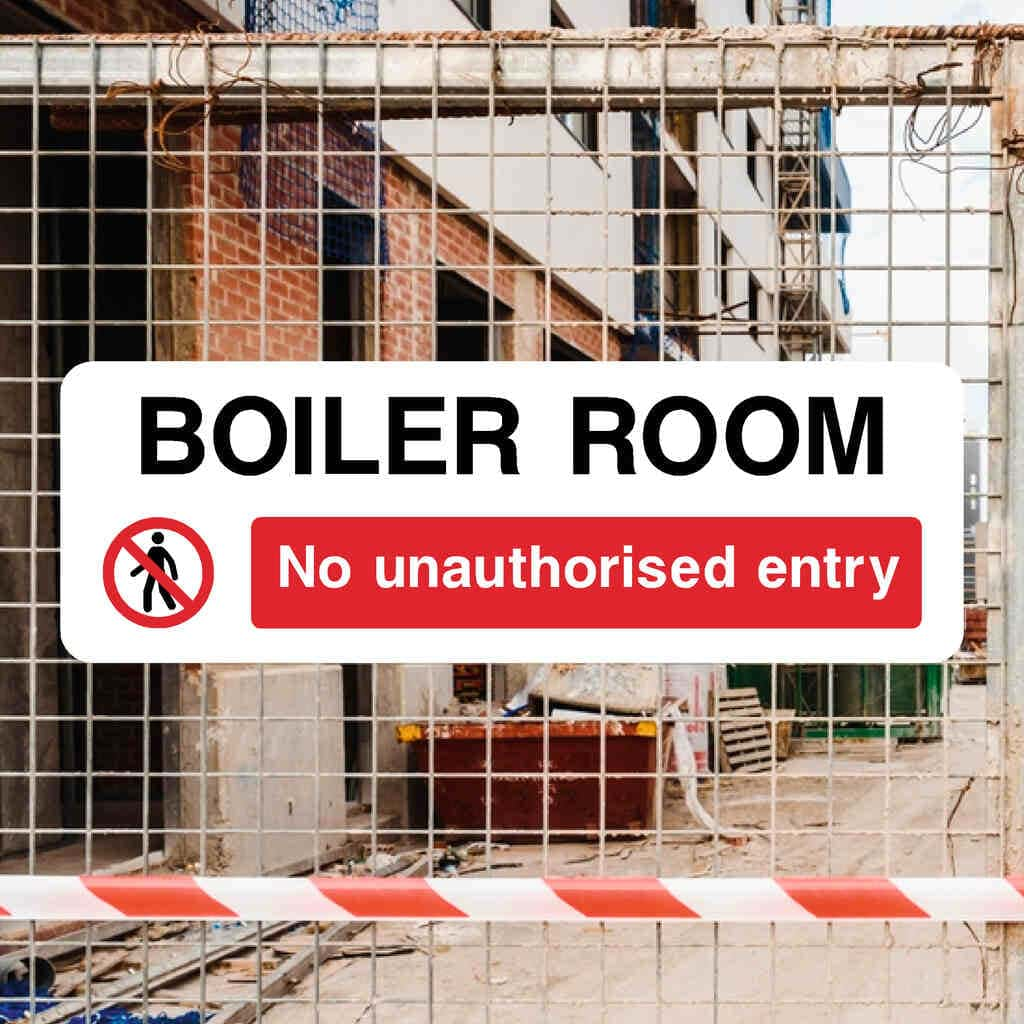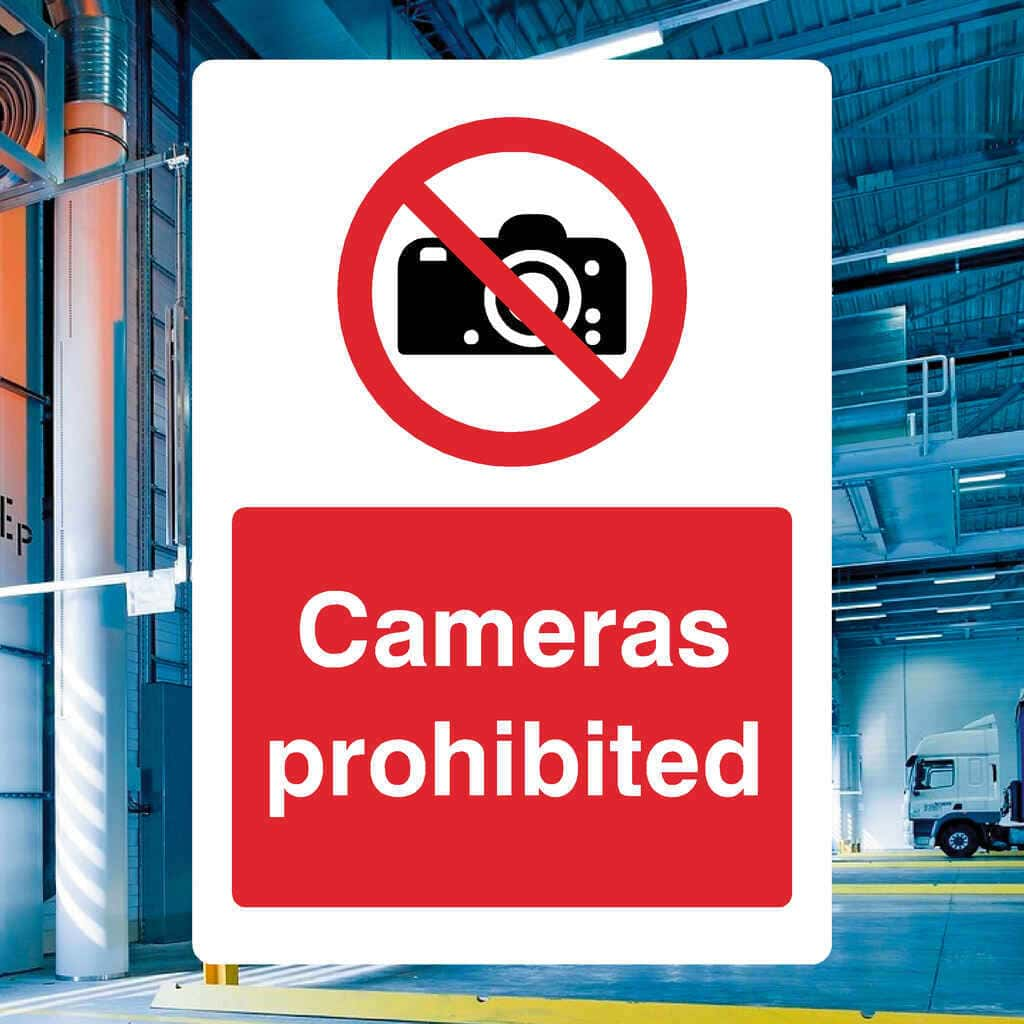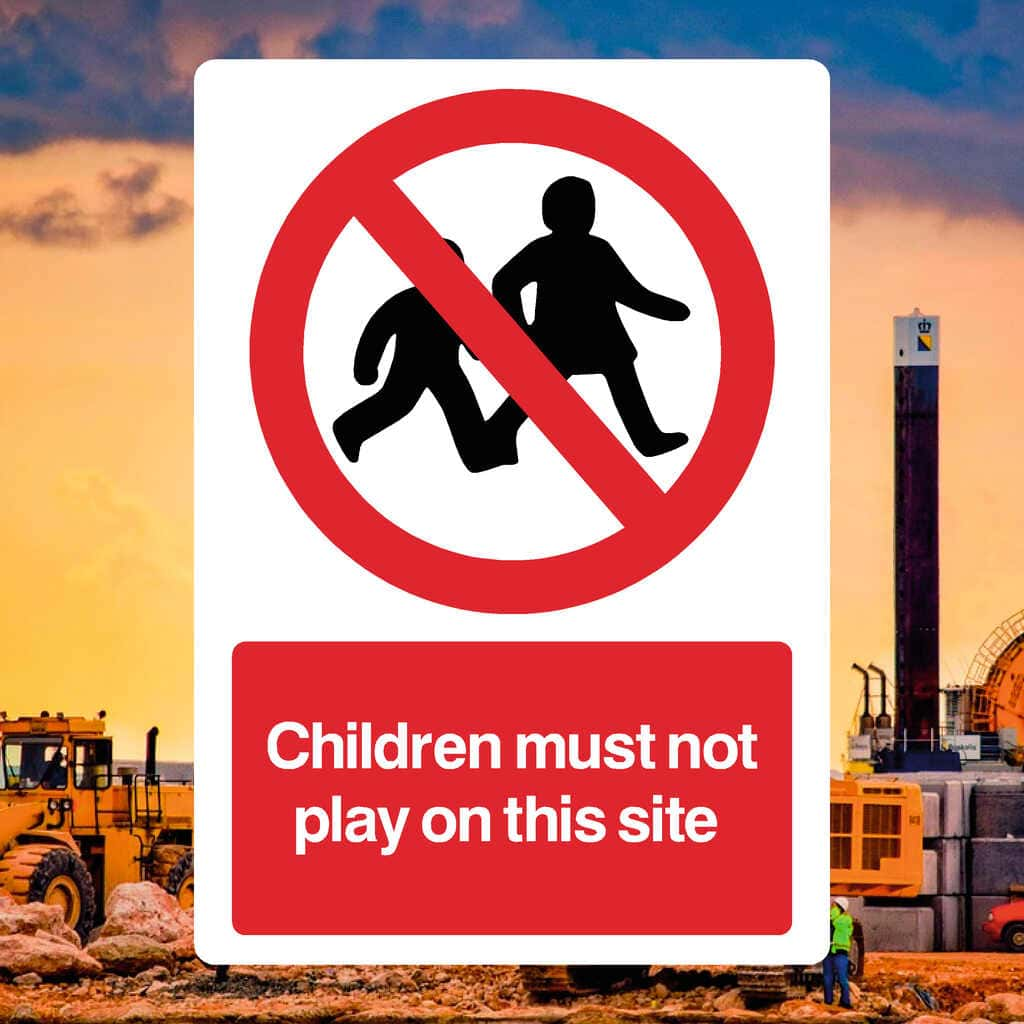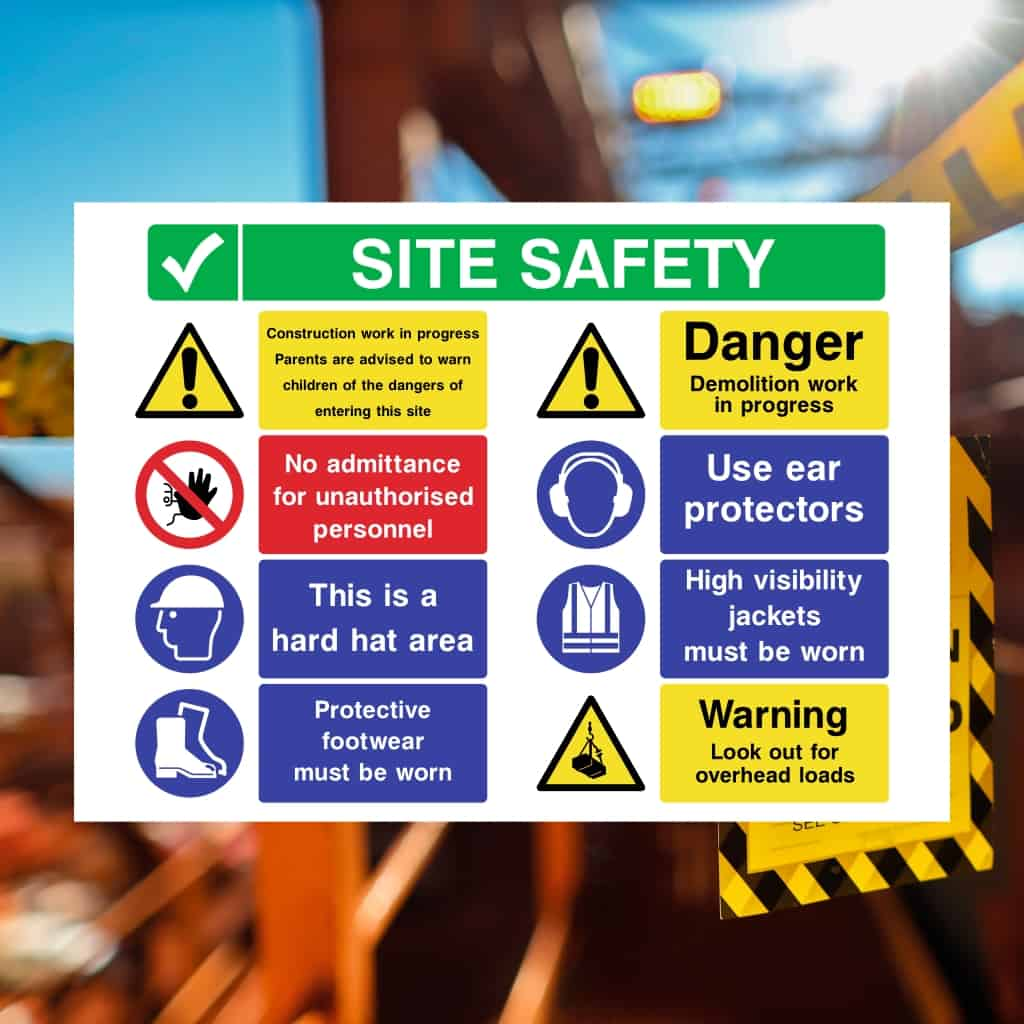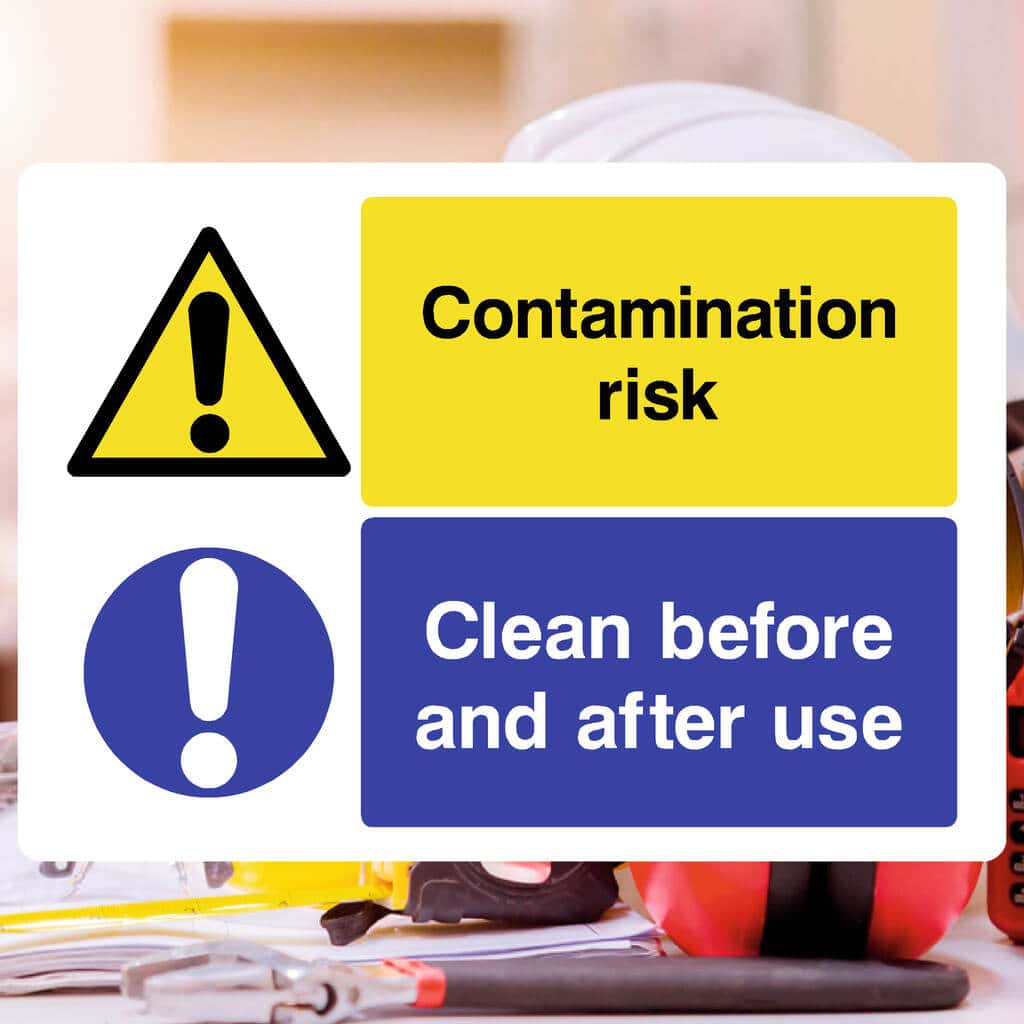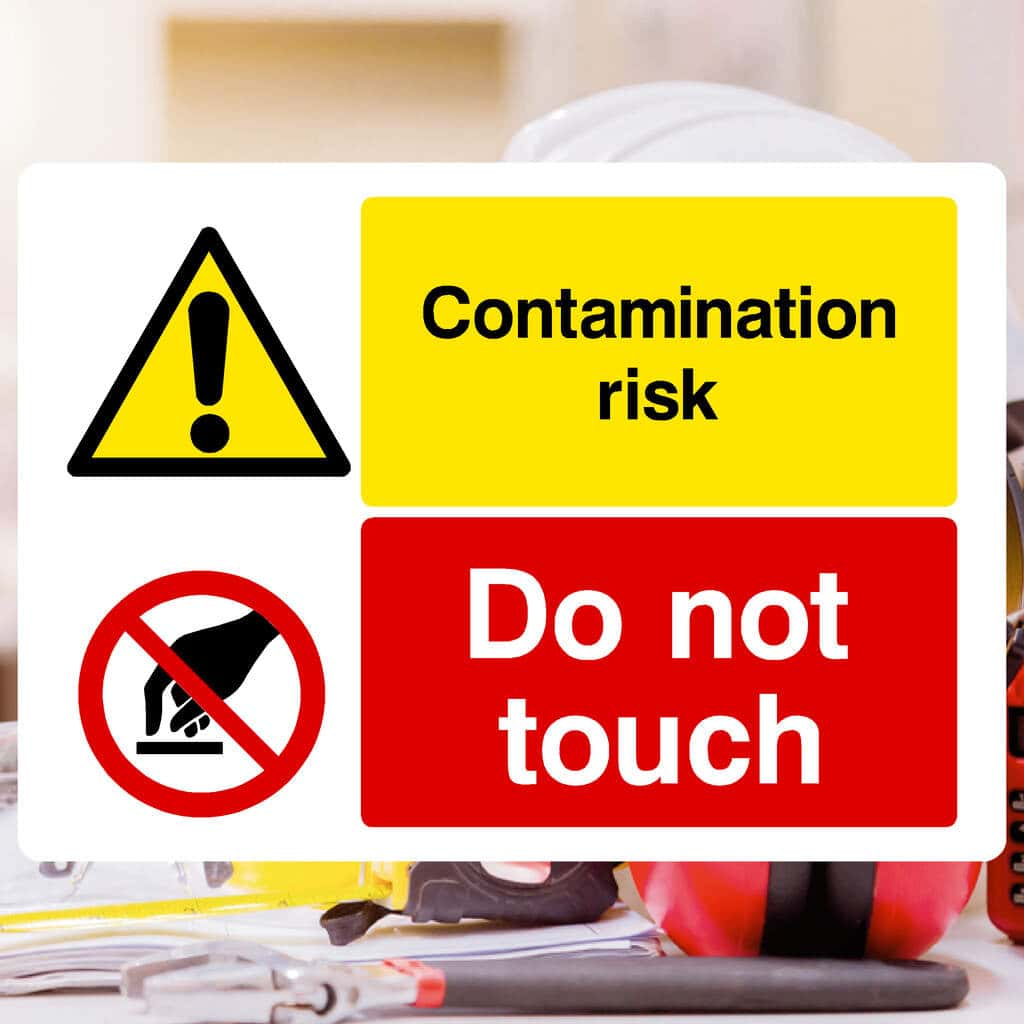Prohibition Safety Signs
Discover our Prohibition Safety Signs – essential for enforcing safety and compliance across workplaces, public buildings, and industrial spaces. Designed in accordance with UK safety standards (EN ISO 7010 / Health & Safety (Safety Signs & Signals) Regulations 1996), each sign features the familiar red circle and diagonal line to clearly indicate forbidden actions like No Smoking, No Entry and No Dogs. Available in rigid plastic and self-adhesive formats for interior and exterior use.
-
Acrylic No Smoking & Vaping Sign -
Acrylic No Smoking Area Sign -
Acrylic No Smoking Building Sign -
Acrylic No Smoking Sign V4 -
Acrylic No Smoking Toilet Sign -
Anti Social Behaviour Sign -
Asbestos Do Not Disturb Sign -
Asbestos Hazard Sign v2 -
Asbestos Removed Sign -
Attention All Visitors Sign -
Battery Charging Safety Sign -
Boiler Room Entry Sign -
Camera Phone Prohibition Sign -
Camera Phones Prohibition Sign -
Cameras Prohibited Sign -
Children Keep Out Sign -
Children Must Not Play Sign -
Compressor House Entry Sign -
Confined Space Multi‑Sign -
Construction Work Site Sign -
Contamination Risk Sign -
Contamination Risk Sign V2 -
Courteous Mobile Phone Sign -
Custom No Dogs Sign
Frequently asked questions
Get quick solutions to your common prohibition sign buying questions
Prohibition signs are safety signs used to indicate actions that are not allowed, such as "No Smoking" or "No Entry." They play a crucial role in preventing accidents, ensuring compliance with health and safety laws, and promoting a safer working environment. These signs are legally required in many workplaces under the Health and Safety (Safety Signs and Signals) Regulations 1996, which implement the European Directive 92/58/EEC on safety signs.
Prohibition signs should be displayed in locations where a specific action could pose a risk to health, safety, or security. Common areas include:Workplaces: To prohibit hazardous activities, such as "No Smoking" near flammable materials.Construction Sites: To restrict access to dangerous areas with signs like "No Unauthorised Persons Beyond This Point."Warehouses & Factories: To prevent unsafe practices, such as "No Forklifts Beyond This Point."Public Spaces: To enforce rules, such as "No Dogs Allowed" in parks or "No Cycling" in pedestrian zones.Schools & Educational Facilities: To prevent unauthorised access to restricted areas.
By clearly communicating restrictions, prohibition signs help prevent incidents such as:Fire Hazards: "No Smoking" signs reduce the risk of ignition in flammable environments.Slips, Trips, and Falls: "No Entry" or "Authorised Personnel Only" signs help prevent people from entering hazardous areas.Workplace Injuries: "Do Not Operate Machinery Without Authorisation" reduces risks in industrial settings.Road & Traffic Safety: "No Entry" and "No Parking" signs regulate traffic to prevent accidents.
Yes, under the Health and Safety (Safety Signs and Signals) Regulations 1996, employers must provide safety signs where there is a significant risk that cannot be avoided or controlled by other means. This includes prohibition signs to indicate actions that could cause danger. The HSE (Health and Safety Executive) advises that these signs must be:Red and white in colour, with a clear pictogram (e.g., a cigarette with a red line through it for "No Smoking").Easily visible and placed where they are most needed.Used alongside other safety measures, such as training and protective equipment.
Prohibition signs follow strict design standards to ensure they are easily recognisable:Red circle with a diagonal line: Universal symbol for prohibition.White background: Ensures high visibility.Black pictogram: Clearly illustrates the restricted action.Durable materials: Suitable for indoor and outdoor environments, including rigid plastic, aluminium, and vinyl stickers.
To select the right sign, consider:The specific hazard: Identify the prohibited action (e.g., smoking, entry, machinery use).Location & Visibility: Ensure the sign is positioned where it will be clearly seen.Compliance Needs: Check UK legislation and industry regulations for mandatory signage.Material & Durability: Choose weatherproof materials for outdoor signs or self-adhesive vinyl for indoor use.
